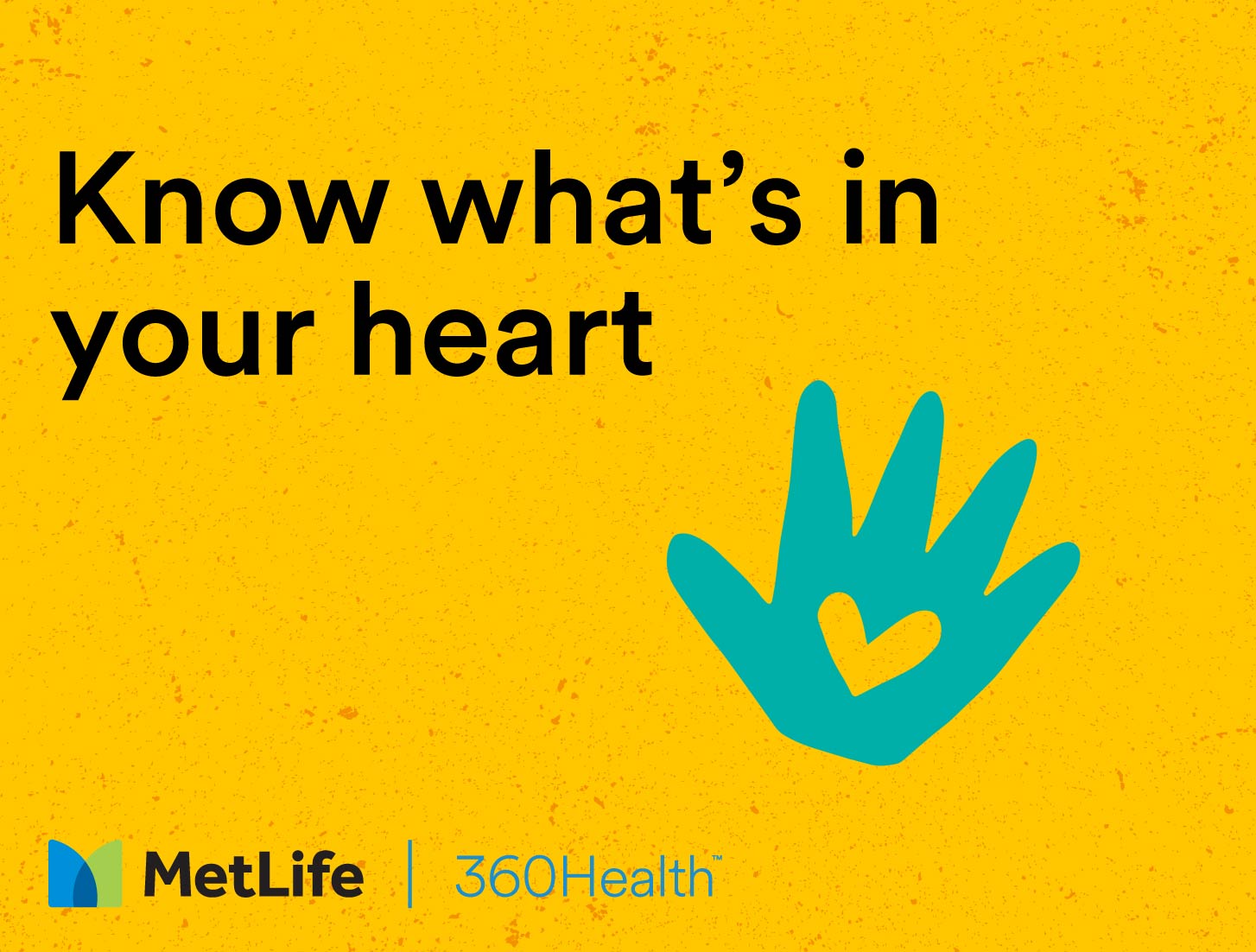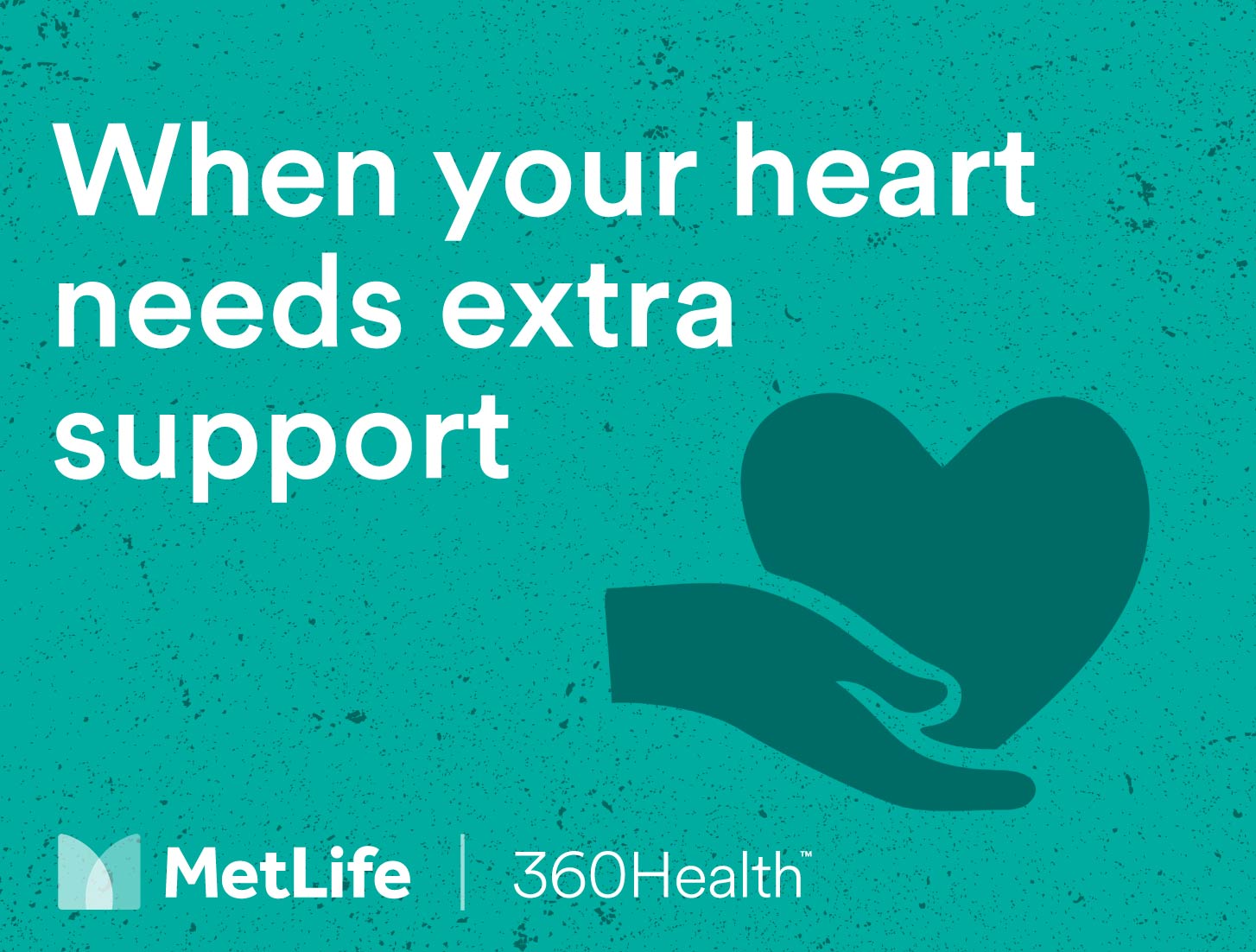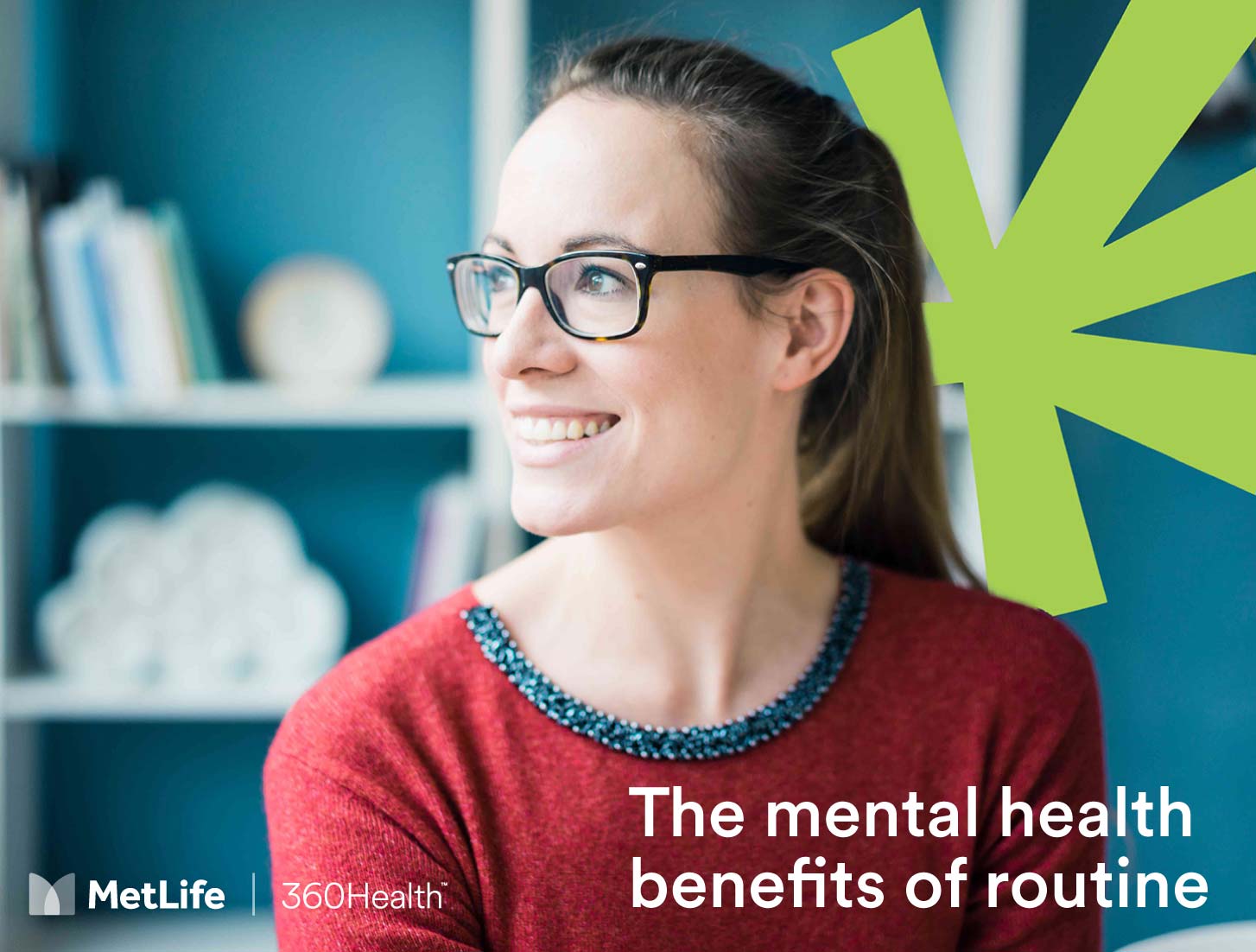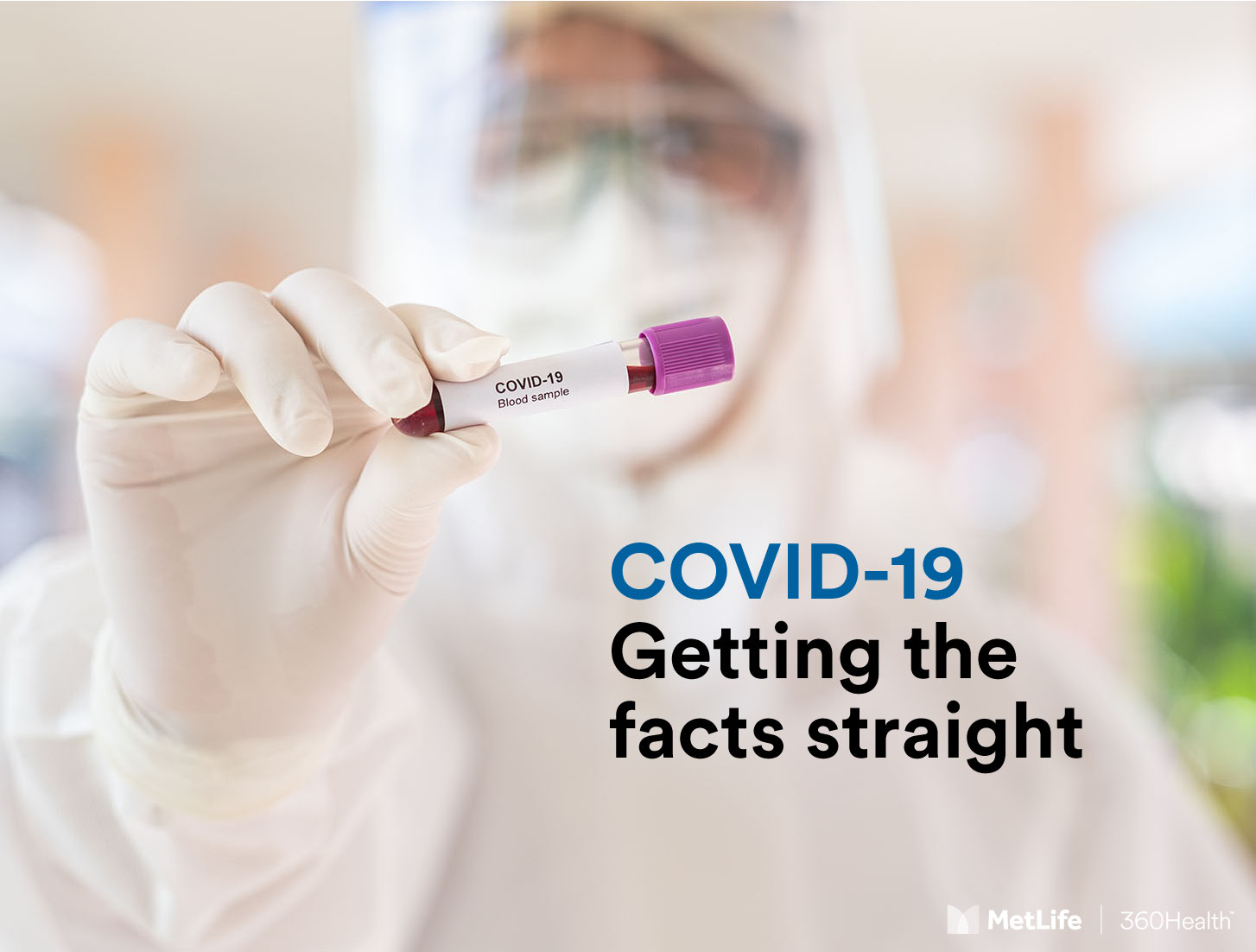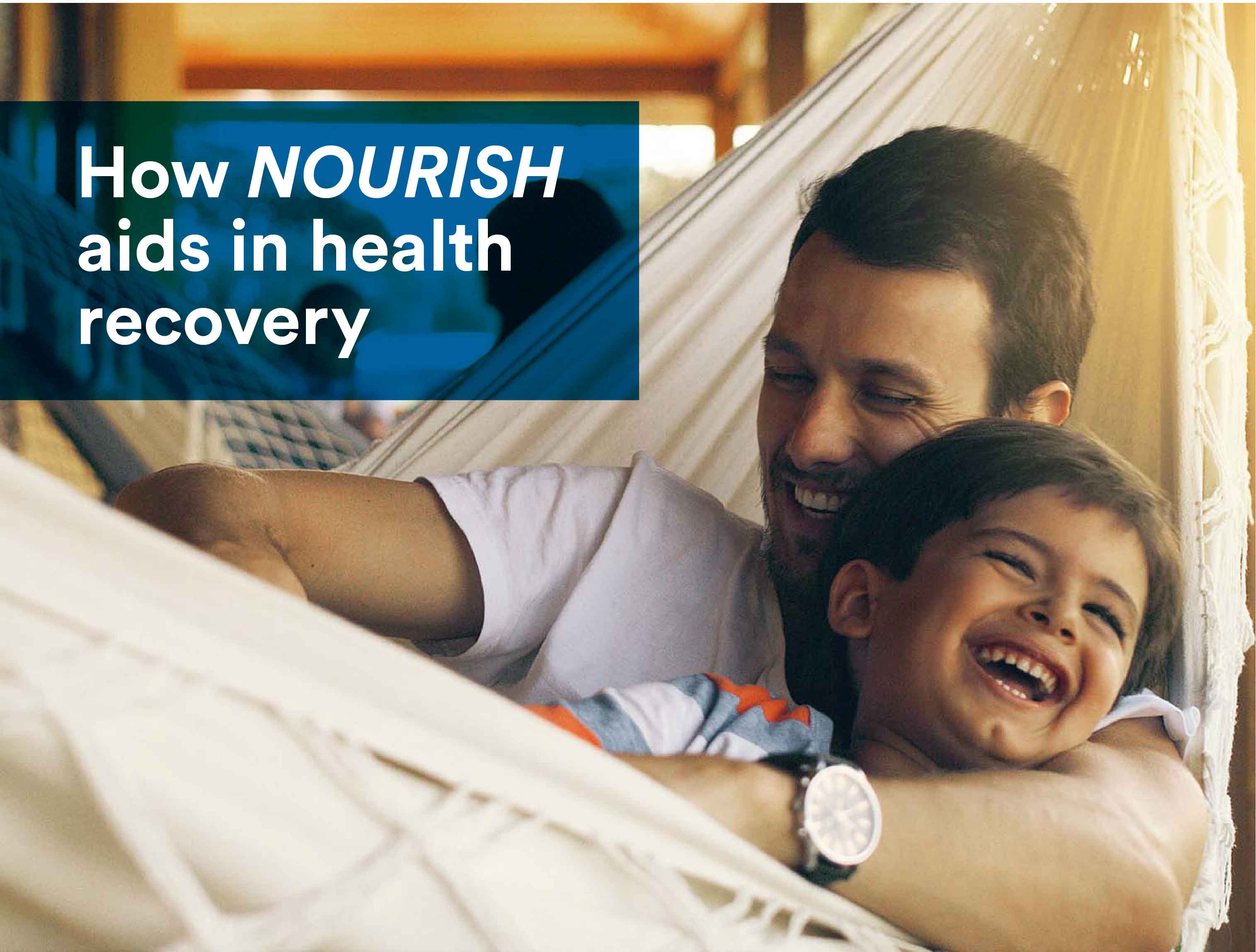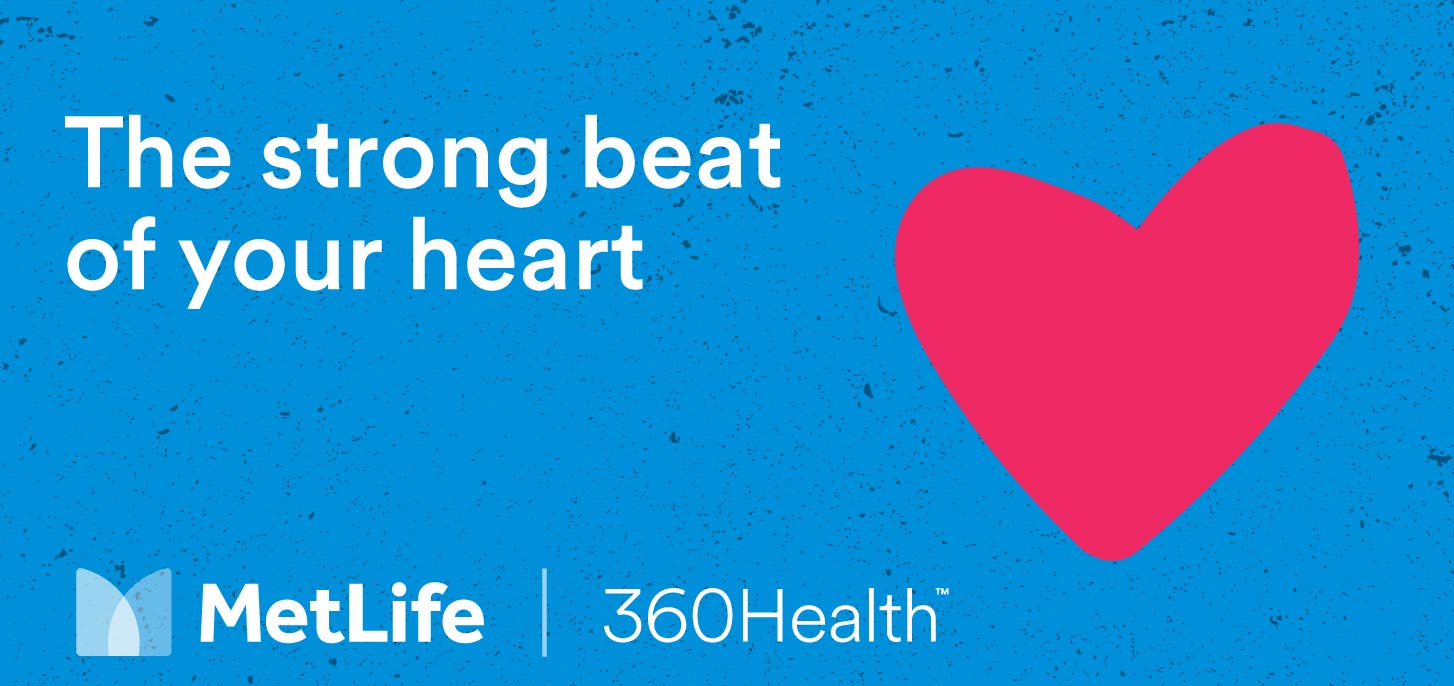
A grateful heart
Your heart is a muscle, and there are so many things you can do to make that muscle stronger. You may not realise how some bad habits can harm your heart over time—and how some good habits can help your heart perform like a champion. Don’t think about starting too late or doing too little. Your heart will be grateful for any improvements you make in being healthier.
Here are seven lifestyle changes that can help give you a strong heart to live and love longer.
Stop smoking
The link between smoking and heart disease is well documented. Smoking affects the vessels that supply blood to your heart and other parts of your body. It reduces the amount of oxygen in your blood and damages blood vessel walls. Smoking also increases the stiffness of the blood vessels making it harder for them to expand and contract as needed and more likely to split. These changes to the arteries can cause a heart attack, stroke or angina.1
Do more cardiovascular exercise
Every day adults should do at least 150–300 minutes of moderate-intensity aerobic physical activity; or at least 75–150 minutes of vigorous intensity aerobic physical activity; or an equivalent combination of moderate- and vigorous-intensity activity throughout the week, for substantial health benefits.2
The heart loves cardiovascular activity, which is any activity that makes the heart and lungs work harder. That covers a lot of fun activities to try, indoors and out: walking, running, biking, swimming, even jumping rope.
Maintain a healthy weight
Losing as little as 5-10% of your weight can reduce the risk of heart disease. Eating healthily and incorporating exercise into your daily routine is the best way to look after your whole body.3
Manage your cholesterol
Cholesterol is actually a substance that the body produces naturally. But some people produce too much of it, and others add to their cholesterol with poor choices. Too much cholesterol can “clog up” blood flow to and from the heart with a build-up of plaque on the inner walls of the heart’s arteries. This plaque build-up can lead to a condition called atherosclerosis, which causes the arteries to narrow and harden. Fortunately, most people can actively reduce their cholesterol levels through a combination of diet and exercise. It’s not just about cutting back on foods that are high in cholesterol, you can also choose high-fibre foods that can help lower your cholesterol.4
Manage your blood pressure
Blood pressure is the force of the blood pushing against blood vessel walls. Your blood pressure can rise temporarily from stress, or high blood pressure can be a chronic, sustained condition. Either way, you probably won’t be able to tell that your blood pressure is elevated unless you check it with a blood pressure monitor. If your blood pressure remains elevated, it increases the heart’s workload and contributes to developing atherosclerosis. There are many lifestyle changes you can make that can help lower your blood pressure: losing weight, increasing physical activity (especially cardiovascular activity), and using less salt in your food. However, if your blood pressure doesn’t come down and stay down through lifestyle changes, it is extremely important to see your doctor.5
Reduce stress
You may be surprised to learn that prolonged stress can contribute to heart disease. Excess stress can contribute to high blood pressure. People often manage stress in unhealthy ways, such as overeating and smoking, which can damage the heart over time. You may think that stress is unavoidable. But there are many options for helping to reduce stress throughout the day—taking a walk, meditating, deep breathing and stretching. 6
Manage your diabetes
If you’ve been diagnosed with Type 2 diabetes, studies suggest that you may be at a higher risk for developing cardiovascular disease. Even when glucose levels are under control, diabetes increases the risk of heart disease and stroke. But your risks are even greater if your blood sugar is not well controlled. Whether or not you’re on medication for diabetes, lifestyle changes can always contribute to controlling your diabetes.7
The top lifestyle changes for diabetics are:
- maintaining a healthy weight
- following eating recommendations for diabetes
- getting regular exercise.
360Health Virtual Care
MetLife's 360Health Virtual Care contains a Fitness and Recovery service which can help more customers access the expert advice and support they need to get back to being active and healthy sooner, while at the same time preventing future illness.
Reference
- heartfoundation.org.au/bundles/your-heart/smoking-and-your-heart
- apps.who.int/iris/bitstream/handle/10665/337001/9789240014886-eng.pdf
- diabetesaustralia.com.au/blog/its-all-connected-how-weight-loss-can-help-maintain-a-healthy-heart
- heartfoundation.org.au/Bundles/Your-heart/High-blood-cholesterol
- heartfoundation.org.au/bundles/your-heart/blood-pressure-and-your-heart
- heartresearch.com.au/heart-disease/stress-and-your-heart/
- heartfoundation.org.au/bundles/your-heart/diabetes-and-heart-disease
